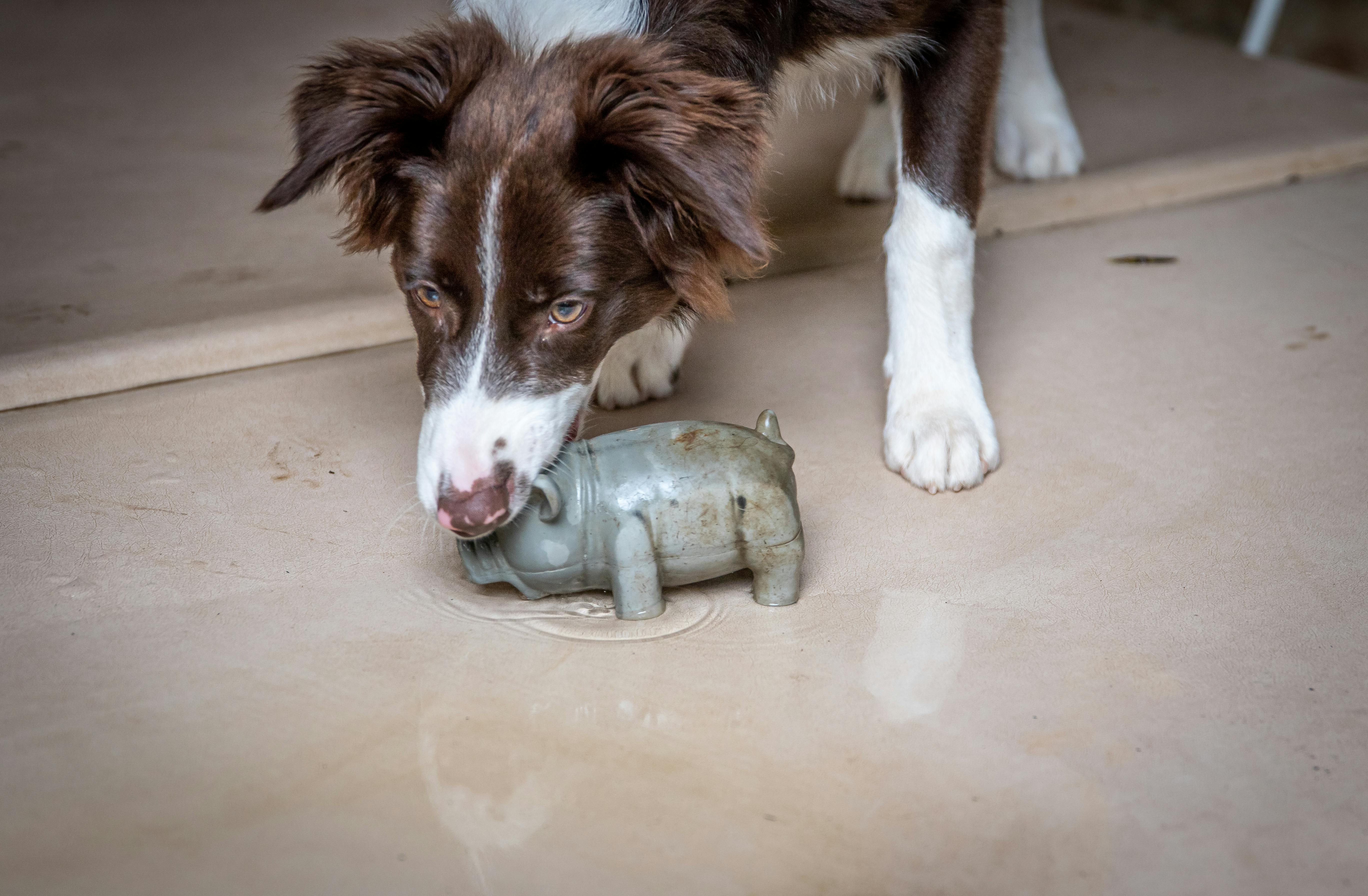The beginning of summer takes the children out of their houses and into the pool. Many prefer to spend their free time on the beach. This makes being a lifeguard a suitable summer job for teens, not to mention a high-paying job, too. It is a good opportunity to interact with children and older neighbors. However, the role of lifeguard is also of great responsibility because it involves saving lives in very delicate situations.
A lifeguard must meet the necessary physical and psychological requirements. One has to be trained and certified to qualify as a lifeguard. This includes being a good swimmer, learning cardiopulmonary resuscitation (CPR) techniques, and successfully completing the brick test. The brick test involves the use of diving bricks.
What is a dive block? You can find out below. Also, get a short introduction to brick testing.
Dive bricks
A diving brick is a block of weight. The block is made of 100% solid molded rubber. It encapsulates a mass of steel inside. The rubber material offers great durability. It is soft and does not mark or damage the floor and walls of the pool. Therefore, it can be carefully placed on the bottom or launched from above. It is designed to meet TMCA and American Red Cross standards. The diving ring also used in training is the brother of the diving block.
Dive bricks are available in 2 sizes. There is one size for adults and one for children. The junior for children is small in size and low in weight. The standard weight is 10 pounds. Some vendors also sell a 20 pound block. Black is the standard color; but there are color versions for children.
Whether you plan to train in a private pool or run a lifeguard training institute, you can purchase a scuba brick. If you run a public pool and offer swimming lessons, you can also buy this rescue training tool. Pool weights are used in swimming lessons and when performing water exercises. These pool weights can also be used as part of water games.
Where can you buy diving bricks? There are several providers online that specialize in lifeguard rescue equipment. In addition to this, you can purchase a rescue training tool from a local sports store.
The brick test in lifeguard training
The first part of the test involves stepping into the water holding a 10-pound block above your head for a minute or two. The second part includes looking for a block placed at the bottom of the pool (7-10 feet below surface water). This is a timed activity. One cannot use his hands on both sides considering a real rescue situation where his hands will be concerned.
One often wonders why such weights are used in swimming lessons. An ordinary swimmer only has his body weight to propel himself against the current of the water. However, a lifeguard saving the lives of others has to swim with extra weight. Weights like a diving brick help train a lifeguard for this. Improves a swimmer’s diving ability and strengthens vertical balance in the water.


